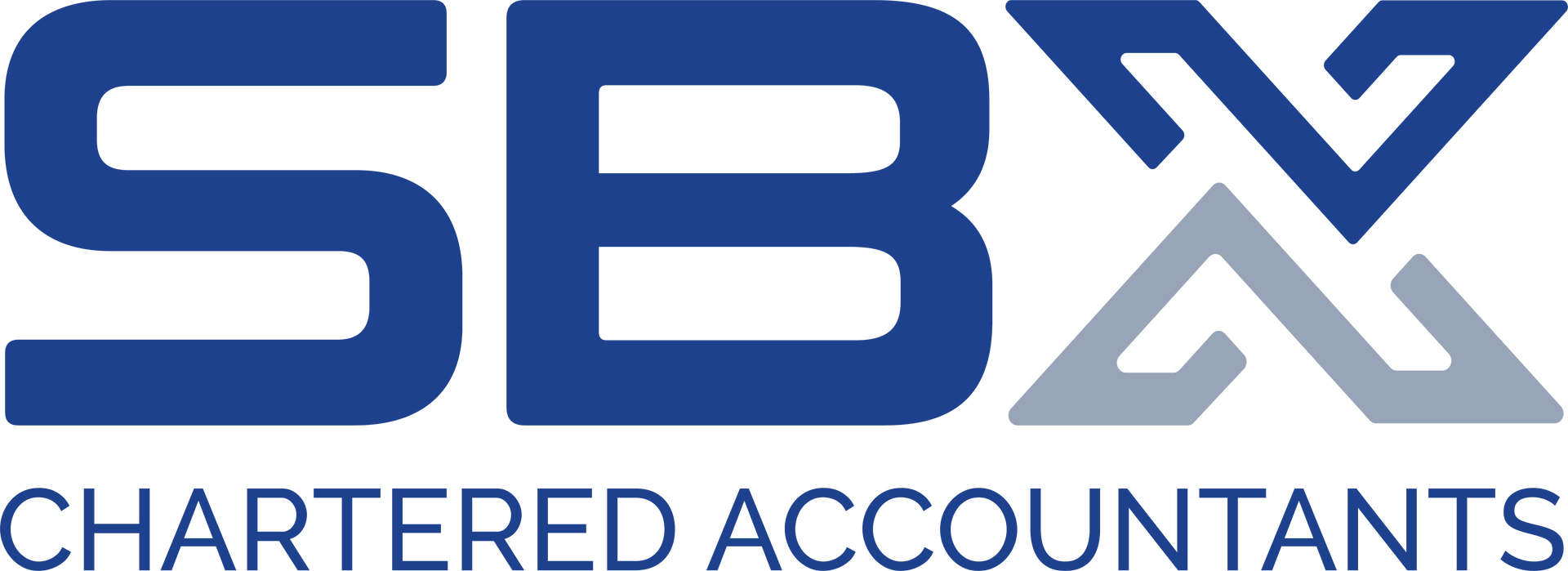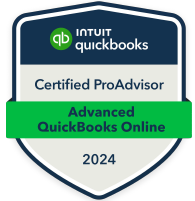If you’re running your business through a limited company - or thinking about
incorporating - understanding how dividends work can be a game-changer when it comes to your
take-home pay.
At
SBX Accountants, we specialise in helping business owners like you get the most from your earnings while staying fully HMRC-compliant. One of the most effective ways to do that? Dividends.
Dividends are a smart, tax-efficient way to extract profits from your company - but it’s essential to know how they work and how to use them wisely. In this guide, we’ll break it all down and show you how SBX can support you in figuring out the best structure for your business.
What Are Dividends (And Why Do They Matter)?
Dividends are payments made to shareholders - typically from a company’s retained profits. If you’re both a director and shareholder in your limited company, you can pay yourself dividends in addition to a salary.
Why does this matter? Because dividends are taxed at lower rates than regular income, and they’re not subject to National Insurance Contributions (NICs). That means more money in your pocket, and less to the taxman.
At SBX, we help you build a smart remuneration strategy that uses dividends to your advantage - without overstepping any legal or compliance boundaries.
Do I Pay Tax on Dividends?
Yes - but only after you’ve used up your available allowances.
As of the 2025/26 tax year, you can receive:
£500 in dividend income tax-free (Dividend Allowance)
Plus, up to £12,570 tax-free through your Personal Allowance (if not already used)
Anything above that is taxed at rates lower than standard income tax, making dividends a clear win for tax efficiency.
SBX Accountants will work with you to make the most of these thresholds, helping you avoid unnecessary tax and plan withdrawals in a way that works best for you.
Current Dividend Tax Rates (2025/26)
Here’s what you’ll pay based on your income level:
Tax Band Taxable Income Range Dividend Tax Rate
Basic £12,571 – £50,270 8.75%
Higher £50,271 – £125,140 33.75%
Additional Over £125,140 39.35%
Compare this with income tax rates (20%, 40%, 45%) and it’s easy to see the benefit. With the right guidance from SBX, you can balance your salary and dividends to optimise your overall tax position.
No National Insurance?
Even Better
Unlike salary, dividends aren’t subject to NICs. This can significantly reduce your overall tax burden.
However, it’s important to consider the long-term implications - like how it might impact your state pension eligibility. That’s where SBX comes in. We look at the whole picture, not just the short-term savings.
Paying Yourself Dividends the Right Way
Dividends can only be paid out if your company has sufficient retained profit (after tax and liabilities). Illegal dividends can lead to HMRC penalties, so it’s crucial to follow the proper process.
Here’s how SBX helps you stay compliant:
We ensure your company’s finances support the dividend.
We handle the required documentation:
- Dividend vouchers
- Board meeting minutes
- We automate dividend tracking through Quickbooks, which is included free with our service
How Do I Report Dividend Income?
Dividend tax isn’t handled through PAYE - it’s done via self-assessment.
SBX makes this easy for you by:
- Tracking all dividend payments in Quickbooks
- Providing clear guidance on what to report
- Helping you calculate the right amount of tax
- Ensuring you meet your deadlines without stressing
Dividends = Flexibility, Control & More Take-Home
Here’s why SBX clients love using dividends as part of their income strategy:
✅ Lower tax rates than salary
✅ No National Insurance Contributions
✅ Control over how much and when you pay yourself
✅ Option to split dividends with a spouse or family member in a lower tax bracket
✅ Greater tax-efficiency = more take-home
SBX helps you leverage all of this to your advantage - with expert advice tailored to your business structure and goals.
Why Work with SBX Accountants?
When you choose SBX, you’re not just getting an accountant - you’re getting a strategic partner who’s invested in helping your business thrive.
Here’s what you can expect:
- Unlimited support from your own dedicated accountant
- Same-day response to all queries - guaranteed
- Free access to Quickbooks, saving you up to £330/year
- Expert help with salary/dividend optimisation
- Ongoing tax planning and advice
- Full compliance with HMRC, every step of the way
Ready to Maximise Your Take-Home?
Whether you’re new to limited companies or looking to improve your current setup, SBX Accountants is here to help you get it right.
👉 Request a callback to speak with an accountant
👉 Or get a
quote today and see how much more you could be taking home





